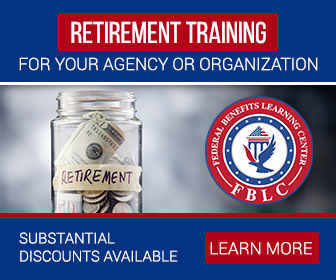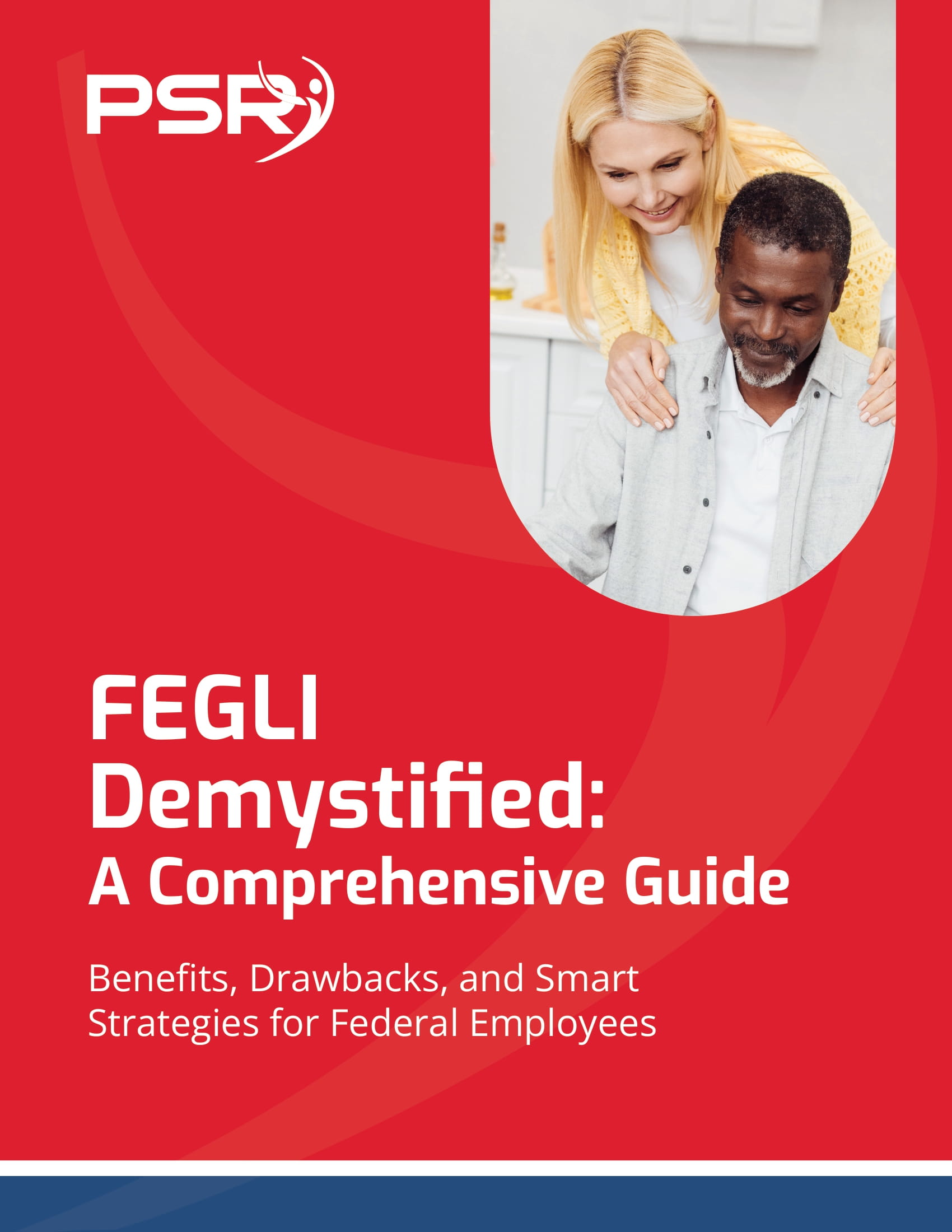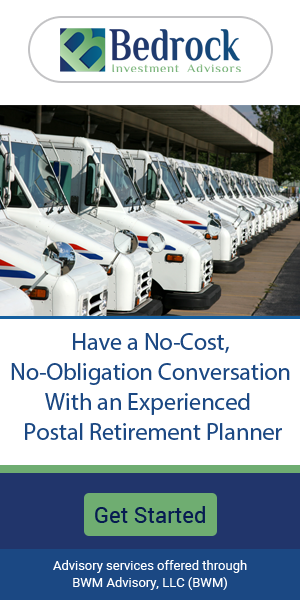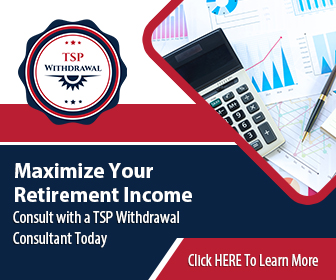Key Takeaways
- Understand Social Security’s Role: Federal employees may find Social Security alone won’t cover all retirement needs. Learn how it fits into a larger retirement plan.
- Create a Balanced Retirement Mix: To ensure a comfortable retirement, federal employees should consider blending Social Security with other benefits and savings plans.
Can You Rely on Social Security Alone?
- Also Read: Federal Retirement Advice You Didn’t Know You Needed—Until Now
- Also Read: The Latest Federal Employee News You Need to Know to Protect Your Retirement
- Also Read: Ready for Retirement? Here’s How Law Enforcement Officers Can Leave the Job with Benefits Intact
The Basics: How Social Security Works for Federal Employees
For most of us, Social Security benefits start as early as age 62, though benefits are reduced if taken before full retirement age, which currently ranges from 66 to 67, depending on your birth year. However, federal employees who retired under the Civil Service Retirement System (CSRS) might not receive full Social Security benefits due to the Windfall Elimination Provision (WEP). WEP adjusts the Social Security calculation, potentially reducing benefits if you didn’t contribute enough to Social Security over your career.
If you’re under the Federal Employees Retirement System (FERS), you’ve been paying into Social Security throughout your career and qualify for regular Social Security benefits, which can supplement your FERS annuity and Thrift Savings Plan (TSP) savings.
Why Social Security Alone Might Not Be Enough
Social Security typically replaces about 40% of an average worker’s pre-retirement income. If you’re planning to retire comfortably, you might need about 70% to 80% of your pre-retirement income—sometimes even more. This gap between what Social Security provides and your desired retirement income is why many people turn to other savings and benefits.
Federal employees, however, have a significant advantage: access to a federal retirement package that goes beyond Social Security. For FERS employees, the three components—Social Security, FERS pension, and TSP—are designed to work together. But even with these benefits, it’s wise to assess whether you’ll need additional income sources to bridge potential gaps.
Building Your Retirement Mix: Key Components
Federal employees have unique retirement resources available to them. Here’s how you can use each of them to build a secure financial future.
1. Federal Pension (Annuity)
Your FERS pension is designed to complement Social Security. Typically, this annuity provides about 1% of your high-3 average salary (the average of your three highest-earning consecutive years) for every year you’ve worked. Retiring at 62 or later with at least 20 years of service may boost this to 1.1%. This benefit provides a stable income base for retirement, but it’s often only one part of the retirement plan.
Under CSRS, federal employees generally receive a more generous pension that doesn’t integrate with Social Security, but this comes with WEP reductions to any Social Security benefits you may also qualify for.
2. Thrift Savings Plan (TSP)
The TSP is essentially a 401(k)-style retirement savings plan for federal employees, and it’s a crucial piece of the retirement puzzle. Contributions can be made throughout your career, and TSP offers both traditional (pre-tax) and Roth (after-tax) options. Importantly, FERS employees receive agency contributions, which can add up significantly over time.
The TSP is invaluable for creating flexibility. Since it’s not fixed income like Social Security or your FERS annuity, it can be tailored to meet needs as they come. With careful planning, you can use your TSP to fill income gaps, fund major expenses, or even plan for long-term needs.
Planning Your Withdrawal Strategy
How you draw from Social Security, TSP, and your pension matters. While Social Security has specific guidelines on when you can start receiving payments, there are options to delay benefits to maximize your income. Waiting to claim Social Security until age 70 can increase your benefit by 8% annually after full retirement age, but you’ll need to rely on other sources until then.
Many retirees use a structured approach to draw from their TSP, often withdrawing just enough each year to bridge income gaps left by Social Security and pension payments. If you’re in your 60s or older, withdrawing a portion of TSP each year can supplement other benefits without over-taxing your TSP balance. Planning withdrawals effectively allows you to maximize your income while minimizing taxes and preserving funds.
Maximizing Retirement Benefits: Timing and Strategy
One advantage of federal retirement planning is the control you have over the timing of your benefits. Here are a few strategic moves:
1. Coordinate Social Security and Pension Payments
Because your pension is a fixed amount and Social Security adjusts annually, you can stagger when you take each benefit to achieve better income coverage. For instance, some retirees choose to delay Social Security and live off their pension and TSP initially, so they can secure the maximum Social Security benefit later on.
2. Consider the FERS Special Retirement Supplement
If you’re a FERS employee who retires before reaching the Social Security minimum age of 62, you may qualify for the FERS Special Retirement Supplement (SRS). The SRS is designed to bridge the gap from the time you retire until Social Security kicks in. For those retiring in their late 50s or early 60s, this supplement can provide a valuable income source.
3. Factor in Healthcare Costs
Many federal retirees find that healthcare costs are a big part of retirement expenses. When you reach age 65, Medicare becomes available, and coordinating it with your Federal Employees Health Benefits (FEHB) plan can help manage out-of-pocket costs. Enrolling in Medicare Part B, for example, can reduce your FEHB premiums, though the combined cost should be reviewed to make sure it fits within your budget.
Healthcare costs often rise with age, so preparing for them now can make a big difference later.
Life Changes and Adaptations: Stay Flexible
Retirement isn’t static. The costs of living, healthcare, and unexpected expenses are all factors that will continue to evolve. Keep flexibility in your retirement plan so you can adjust your income sources as needed.
Using your TSP wisely can help create this flexibility. By managing withdrawals and potentially considering part-time work in retirement, you can create additional layers of income. Adjustments may also include re-assessing your living arrangements, focusing on health and wellness, and re-evaluating major expenses. This adaptability is essential to maintaining a comfortable standard of living throughout retirement.
Finding the Right Mix for a Secure Retirement
Social Security is a helpful piece, but it’s only one part of the whole retirement equation. As federal employees, we’re fortunate to have a variety of resources at our disposal, each designed to add to retirement security. By understanding how these pieces work together, you can create a plan that’s resilient, flexible, and tailored to your needs.













